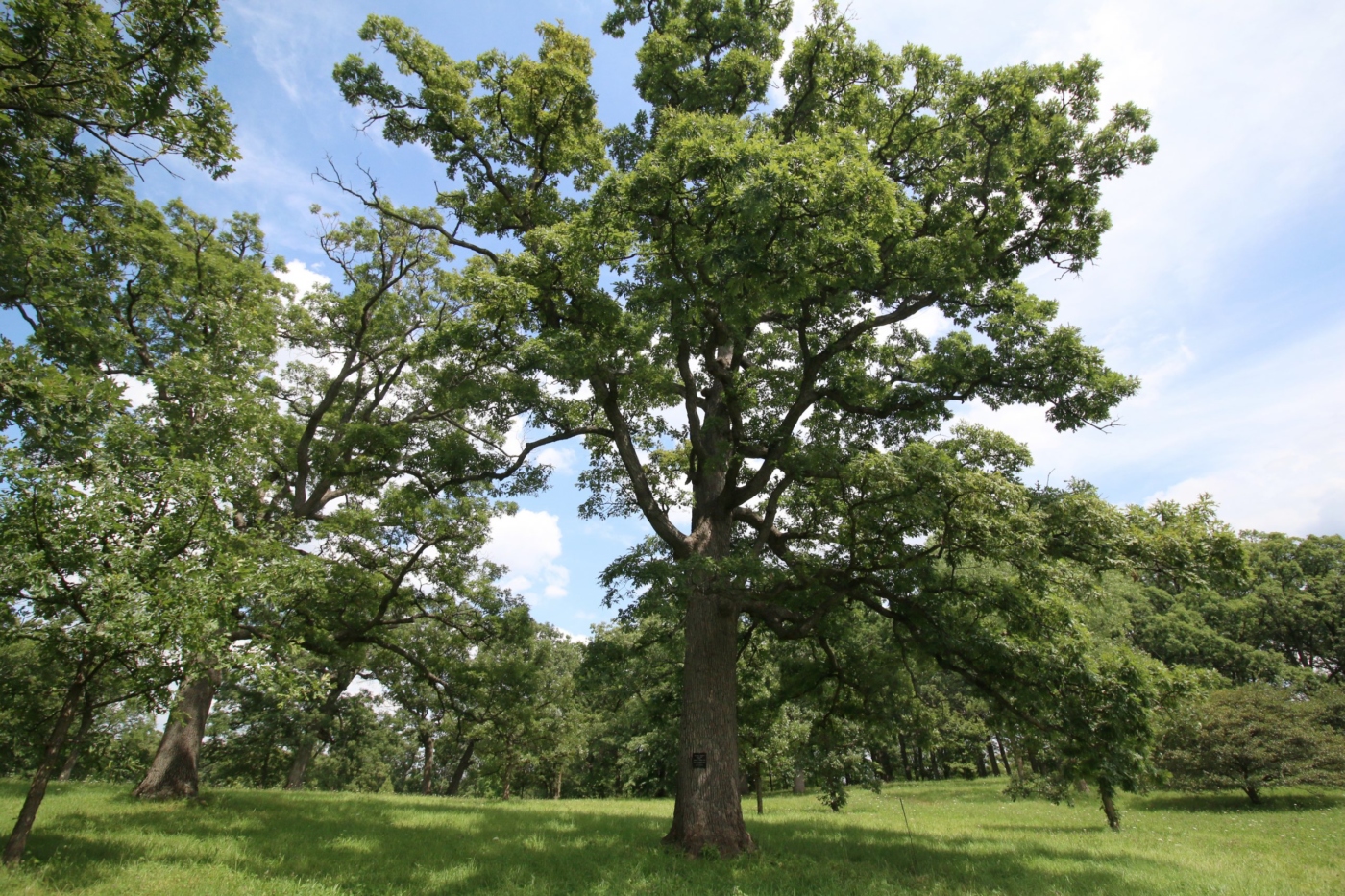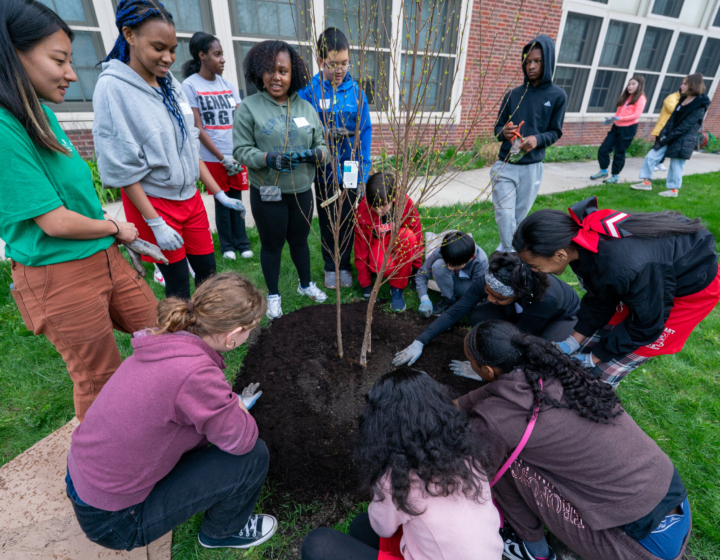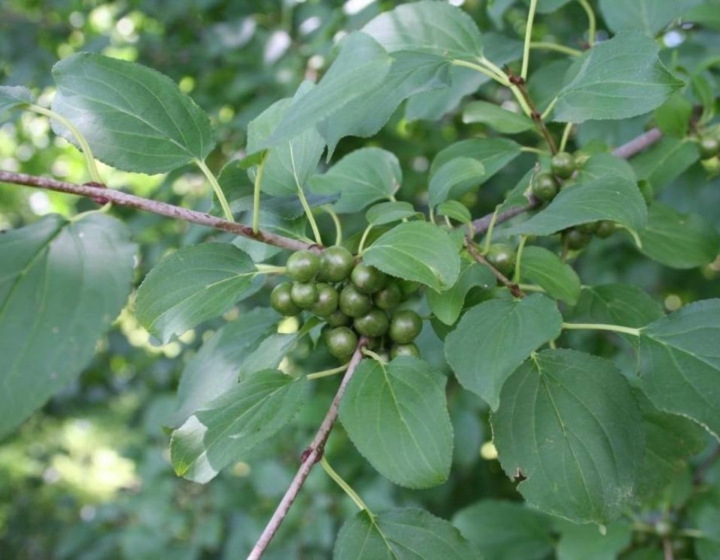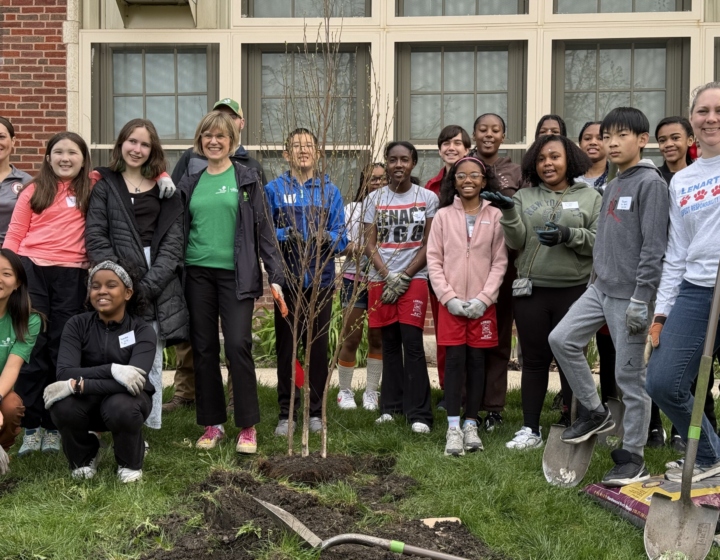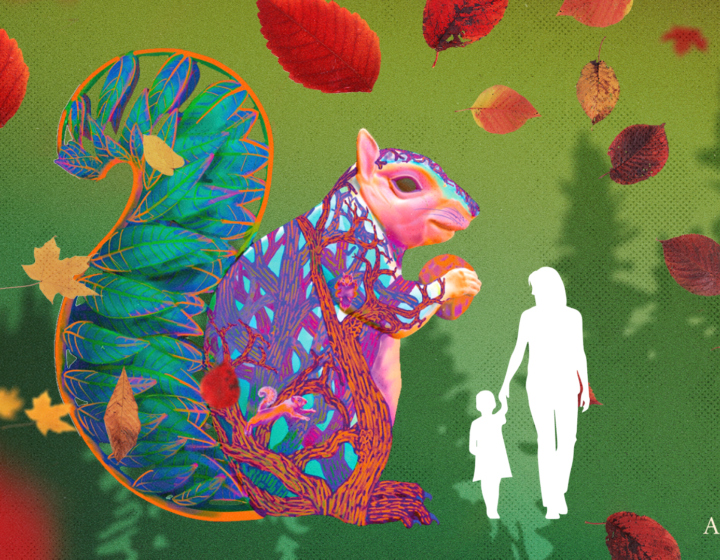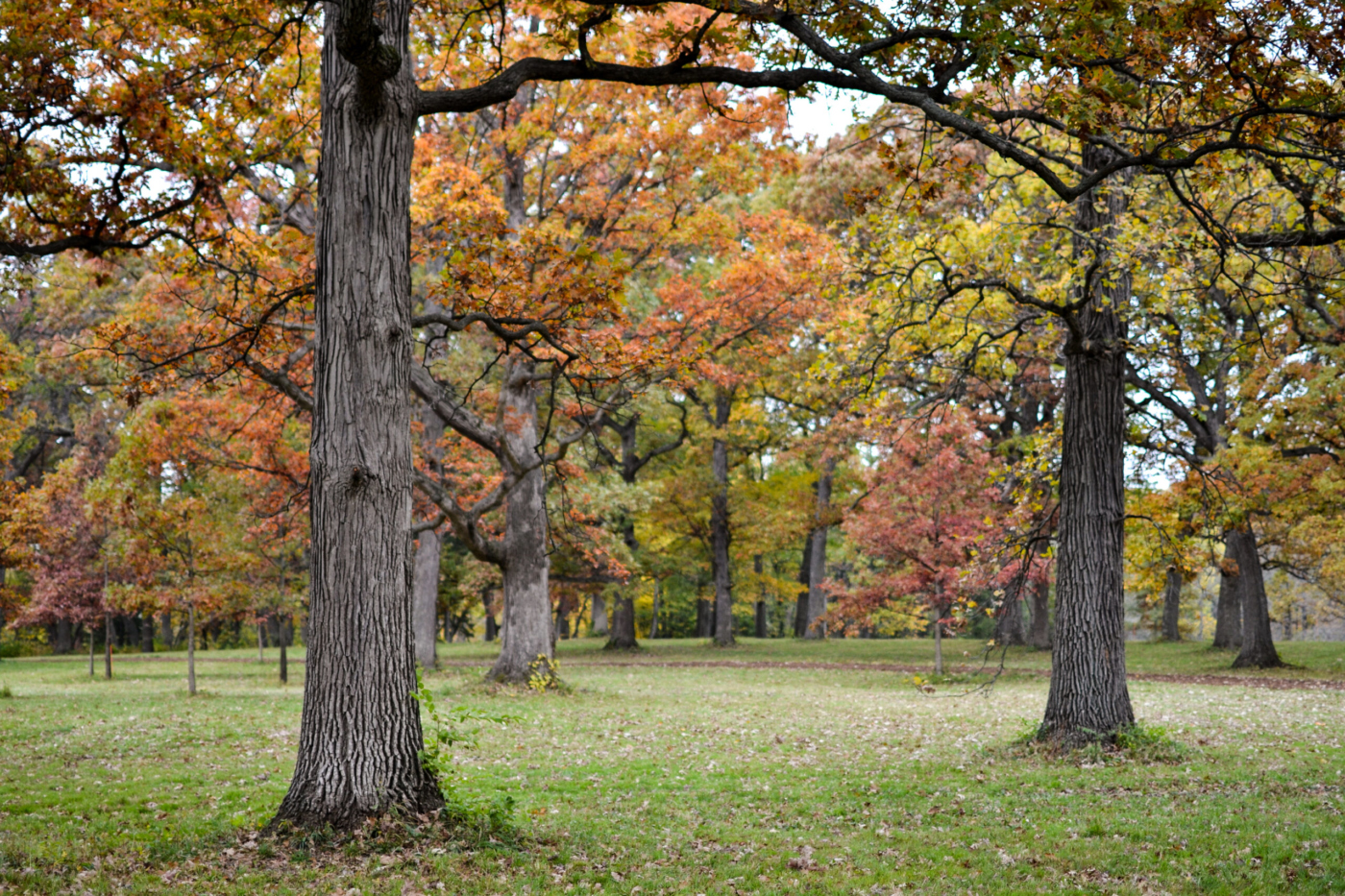Public Relations Contacts
We’ve got you covered.
Members of the media can contact the Public Relations team for interviews, information, photos, and b-roll.
Ellyn Fortino, Director of Public Relations
For media inquiries
Phone: 630-725-2115 | Email: efortino@mortonarb.org
